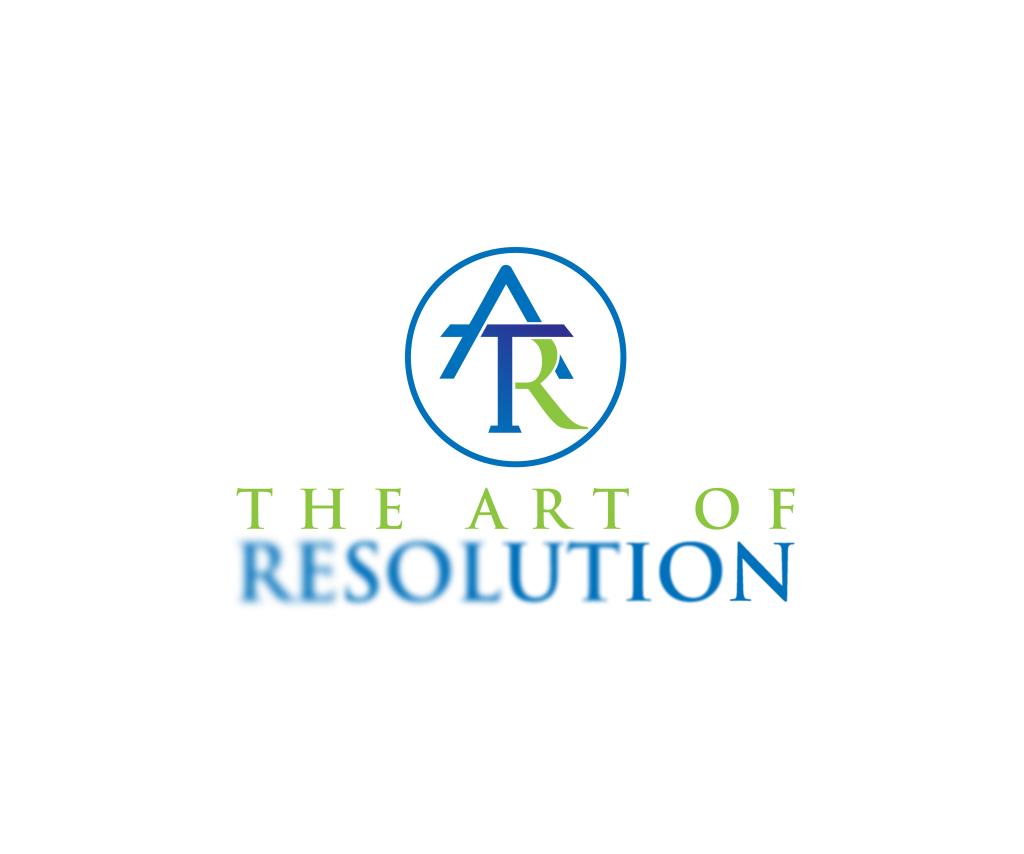by Andrew Flake
Especially in recent months, ADR practitioners, as professional problem-solvers who constantly evaluate and decide business and legal questions, have been examining a phenomenon that impacts all of us: implicit bias. We have been thinking about it, and discussing it, and most importantly, reflecting as a profession on how we can do better in controlling for and actively addressing it.
This conversation is salutary and long-overdue. In judicial and arbitral decision-making, just as in other areas, implicit bias is a set of invisible assumptions, positive or negative, working in the psychic background to distort our views. Their power, their perniciousness, comes from their invisibility– it is like being inside a house with every window the same shade of stained glass. Looking out at the world, we may not know we are missing its true colors.
What we know about implicit bias, when uncorrected, is troubling. I’ll share a story about how this works, and then mention some ways we can be alert, both as advocates and in serving as neutrals, to these kinds of hidden assumptions.
Some years ago I was called in to observe and assist in the later stages of an international arbitration. In briefing me, my co-counsel observed that the arbitrator’s decisions, and general demeanor, seemed to be telegraphing a bad result. The arbitrator’s decisions on objections were skewing away from his client, and the arbitrator’s demeanor with my co-counsel was decidedly sharper than with his opponent.
And a day into the first hearing I attended, I saw the same thing: The arbitrator seemed just a bit more exasperated with my co-counsel when he would object, a bit more apt to deny his requests, a bit more biting in her comments. On the other hand, the arbitrator’s general tone brightened when speaking to opposing counsel, and the opposite reactions were observable — the arbitrator addressed opposing counsel with more patience, heard requests with more forbearance, and spoke more gently.
This dynamic had understandably begun to create concern. Considering it then, as now, I do not attribute the difference to any merits position that either party was taking; the dispute was a complicated unfair competition matter spanning two jurisdictions, involving a business breakup in which the disputing partners had both taken actions that, in hindsight, may not have been advisable.
What I do attribute it to, understanding that we cannot know for sure, is possible unconscious and unintentional bias, a leaning having to do with my co-counsel’s client, a very successful Asian entrepreneur who spent most of his time, not in the U.S., but in his home jurisdiction.
As we came to learn, the arbitrator had spent substantial time working in a corporate environment in the same country, naturally gaining a collected set of experiences that could inform anyone’s views — experiences that, as I gleaned from listening to comments over the course of the arbitration, had specifically imprinted some of the arbitrator’s views.
I don’t know, and we can’t know now, what specific experiences that arbitrator had during this tenure in Asia — possibly a run-in with an executive at her company who exhibited a certain kind of behavior, possibly an encounter with a competitor, or possibly a direct and negative personal experience. I do recall that the length of time and jurisdiction-specific experience was not something disclosed to the parties, information that may not have been a required disclosure, but that in hindsight we all would certainly have liked to know.
My own view was that the arbitrator has internalized a certain profile of business executive in the jurisdiction in question, one of a dictatorial and ruthless business mogul. Whether that profile fit my co-counsel’s client or not, the existence of that profile, especially if there was no active effort by the arbitrator to surface and address it, could certainly have colored factual interpretation. It would also have made it harder to spot any favorable bias toward the other party.
So what can we do to avoid implicit bias? Recognizing what it is, yes — a step, but not one that is sufficient. Awareness of its existence is not enough, a truth well-illustrated by the famous Müller-Lyer illusion, which you’ve no doubt seen before.
With the concept of implicit bias in mind, look at it again. Viewing the top picture, despite knowing those two lines are of identical length, we view one as shorter, our brain’s processing shaped by the inclusion of the arrows at the end to view them differently.
So more is required, and that more starts with examining ourselves, whether we’re evaluating a case as a lawyer for a party, and as a neutral.
Here are some questions we can ask, a kind of internal voir dire:
- Have I systematically and deliberatively compared my own experiences to the issues in the case?
- Are there potentially any experiences I have, or judgments I am making, that could be affected by implicit bias?
- If so, am I able and committed to keeping them in view, but separate from assessment of the dispute?
Practices that go along with these questions, especially for neutrals, include being sensitive to the cultural needs and differences among participants; staying attuned to your emotional view of the case, and regulating it to maintain neutrality; an ensuring an even and respectful tone and demeanor with all parties, at all times.
If reviewed with attention, these questions and practices can function somewhat like the bottom diagram above; they can dispel the illusion and, if not eliminate it, at least neutralize any bias for purposes of that case.
